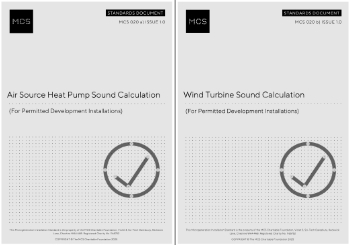Gas springs
Gas springs are complex creations, and it is vital that those who make use of them understand both how they actually work, and how they can meet the needs of a variety of operations. Unlike a traditional metal spring, a gas spring makes use of compressed gas to achieve the required force.
The gas within these springs is often introduced through a Schrader type valve. This is a valve that consists of a brass tube that is threaded on the exterior, with a metal pin that is located flush along the axis of the tube and the valve body. The valve generally makes use of a lip seal around the rod, and the gas is forcefully injected through the tube, using either external high pressures or a mechanical gasket that is known as an O-ring system. Usually contained within a cylinder, this gas is compressed by a piston when any dynamic effect is required.
In gas springs, where the interior plunger also possesses a diaphragm that is sufficient to extend to the edge of its housing tube, the spring will become immobile once it is subjected to a consistent force. This results in the spring being able to support a weight in the manner of a more traditional spring.
Slow dampened springs exploit a small hole in this plunger which allows them to be used on heavy windows and doors, whilst quick gas springs are modified for faster operations such as air guns.
When the gas volume is decreased, the internal pressure of the tube is reduced by either an end stop or a sliding mechanism. This, in turn, allows the properties of a gas spring to be adjusted even when it is in use.
Particularly powerful gas springs can actually be used as a power pack (a unit for converting a power supply), as the high levels of pressure they contain can be translated into usable energy. In emergencies, this gas can also be introduced through a gas generator cell, in a similar manner to those used in airbags.
These springs are ideal for controlled movement without the addition of extra energy. As a safety precaution, these springs contain nitrogen gas because nitrogen cannot explode and is non-toxic. However, because these springs have high pressure, they should not be opened unless instructed by an expert.
These springs are used in a wide range of applications including hatches, car hatches and bonnets, chairs, beds and windows.
--European Springs and Pressings Ltd
[edit] Related articles on Designing Buildings Wiki
Featured articles and news
Heat pump and wind turbine sound calculations for PDRs
MCS publish updated sound calculation standards for permitted development installations.
Homes England creates largest housing-led site in the North
Successful, 34 hectare land acquisition with the residential allocation now completed.
Scottish apprenticeship training proposals
General support although better accountability and transparency is sought.
The history of building regulations
A story of belated action in response to crisis.
Moisture, fire safety and emerging trends in living walls
How wet is your wall?
Current policy explained and newly published consultation by the UK and Welsh Governments.
British architecture 1919–39. Book review.
Conservation of listed prefabs in Moseley.
Energy industry calls for urgent reform.
Heritage staff wellbeing at work survey.
A five minute introduction.
50th Golden anniversary ECA Edmundson apprentice award
Showcasing the very best electrotechnical and engineering services for half a century.
Welsh government consults on HRBs and reg changes
Seeking feedback on a new regulatory regime and a broad range of issues.
CIOB Client Guide (2nd edition) March 2025
Free download covering statutory dutyholder roles under the Building Safety Act and much more.
Minister quizzed, as responsibility transfers to MHCLG and BSR publishes new building control guidance.
UK environmental regulations reform 2025
Amid wider new approaches to ensure regulators and regulation support growth.
BSRIA Statutory Compliance Inspection Checklist
BG80/2025 now significantly updated to include requirements related to important changes in legislation.

























